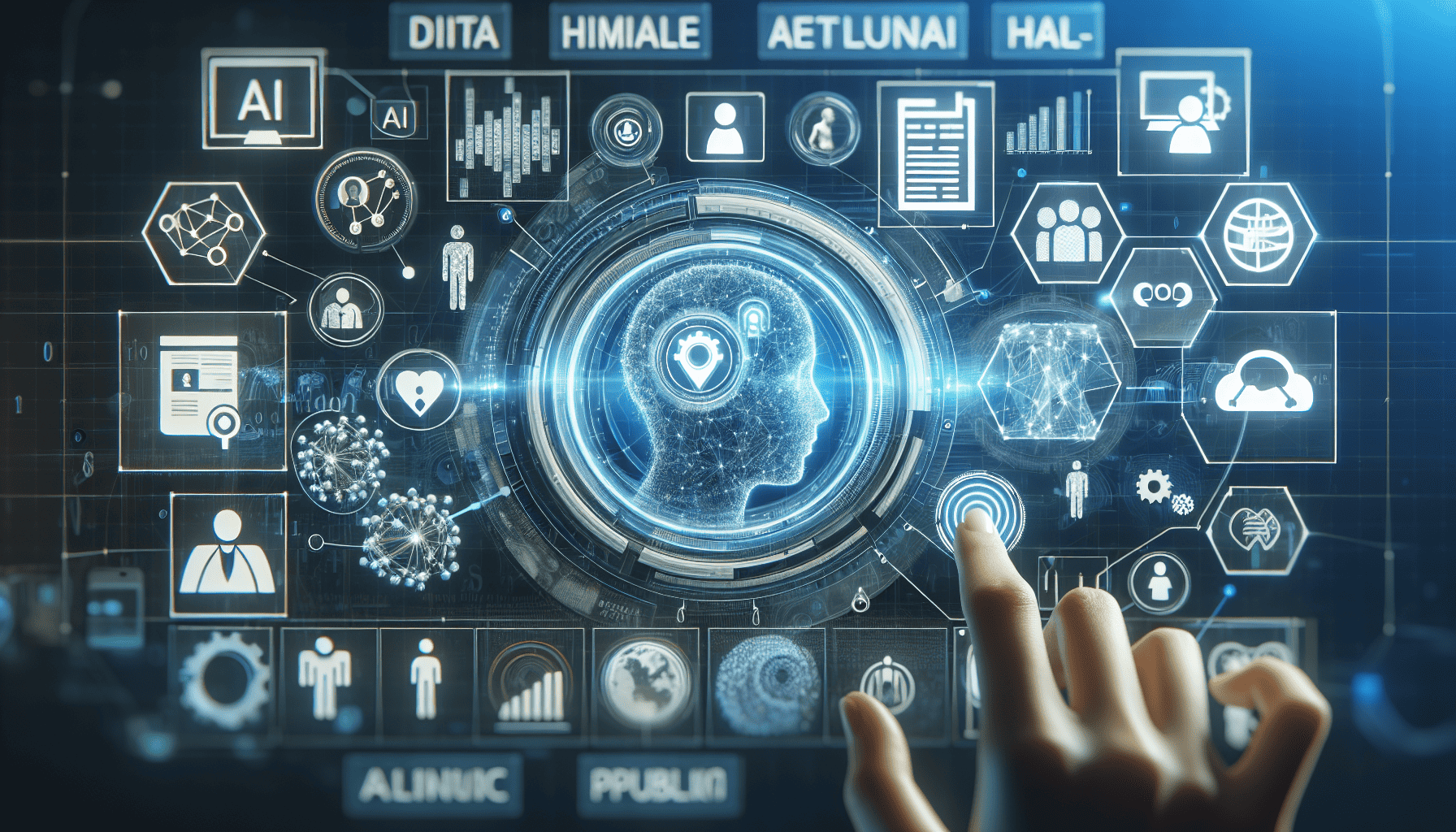In recent years, artificial intelligence (AI) has emerged as a transformative force in streamlining public services and enhancing community welfare. By harnessing the power of AI, government agencies, healthcare institutions, educational bodies, and other public sectors are improving efficiency, transparency, and accessibility. This article explores some of the key ways AI-driven systems are revolutionizing public solutions, fostering a more connected and proactive society.
One of the most significant impacts of AI in public services is its ability to automate administrative tasks. For instance, AI-powered chatbots and virtual assistants are now providing 24/7 support for citizens, answering queries, processing applications, and offering guidance on government services. This has significantly reduced wait times and improved the overall user experience for citizens. Additionally, machine learning algorithms are analyzing massive datasets, enabling governments to identify trends and allocate resources efficiently. For example, predictive analytics in law enforcement helps in crime prevention by identifying potential hotspots, allowing authorities to deploy resources more strategically.
AI is also playing a crucial role in public health. During the COVID-19 pandemic, AI-driven systems were instrumental in tracking and predicting virus spread, optimizing vaccine distribution, and supporting telehealth services. Diagnostics has greatly benefited from AI, with tools that analyze medical images and patient data for early detection of diseases, thereby enhancing treatment outcomes and reducing costs. Public health campaigns are now leveraging AI to tailor messaging to different demographics, ensuring maximum reach and impact.
In education, AI is personalizing learning experiences to better meet the needs of diverse student populations. Adaptive learning platforms use AI to assess a student's proficiency and adjust lesson plans accordingly, providing a tailored education plan that fosters individual growth. AI is also assisting educators with administrative tasks, freeing up time for more meaningful student engagement. Furthermore, virtual classrooms and smart tutoring systems have expanded access to quality education, overcoming geographical and socioeconomic barriers.
Transportation and urban planning have seen remarkable advancements with AI-driven solutions. Intelligent traffic management systems are using AI to optimize traffic flow, reducing congestion and emissions. Autonomous vehicles and smart public transportation are on the horizon, promising safer and more efficient transit options. Additionally, AI is aiding urban planners in designing smart cities by analyzing environmental data and community needs, ensuring sustainability and improved quality of life.
However, the deployment of AI in public solutions is not without challenges. Privacy concerns, data security, and ethical considerations must be addressed as AI systems become more integrated into public services. Ensuring transparency in AI-driven decision-making processes and preventing algorithmic biases are critical to building trust with the public. Policymakers and technology developers must work collaboratively to create frameworks that govern the ethical use of AI, ensuring it serves the public good without compromising individual rights.
In conclusion, AI-driven systems are fundamentally reshaping public services and enhancing community welfare. By automating tasks, analyzing data, and providing personalized experiences, AI is empowering communities to become more efficient, resilient, and inclusive. As we move forward, it is essential to harness the full potential of AI while ensuring ethical standards and public trust remain at the forefront of its deployment. Through thoughtful implementation, AI holds the promise of a more connected and equitable future for all.
